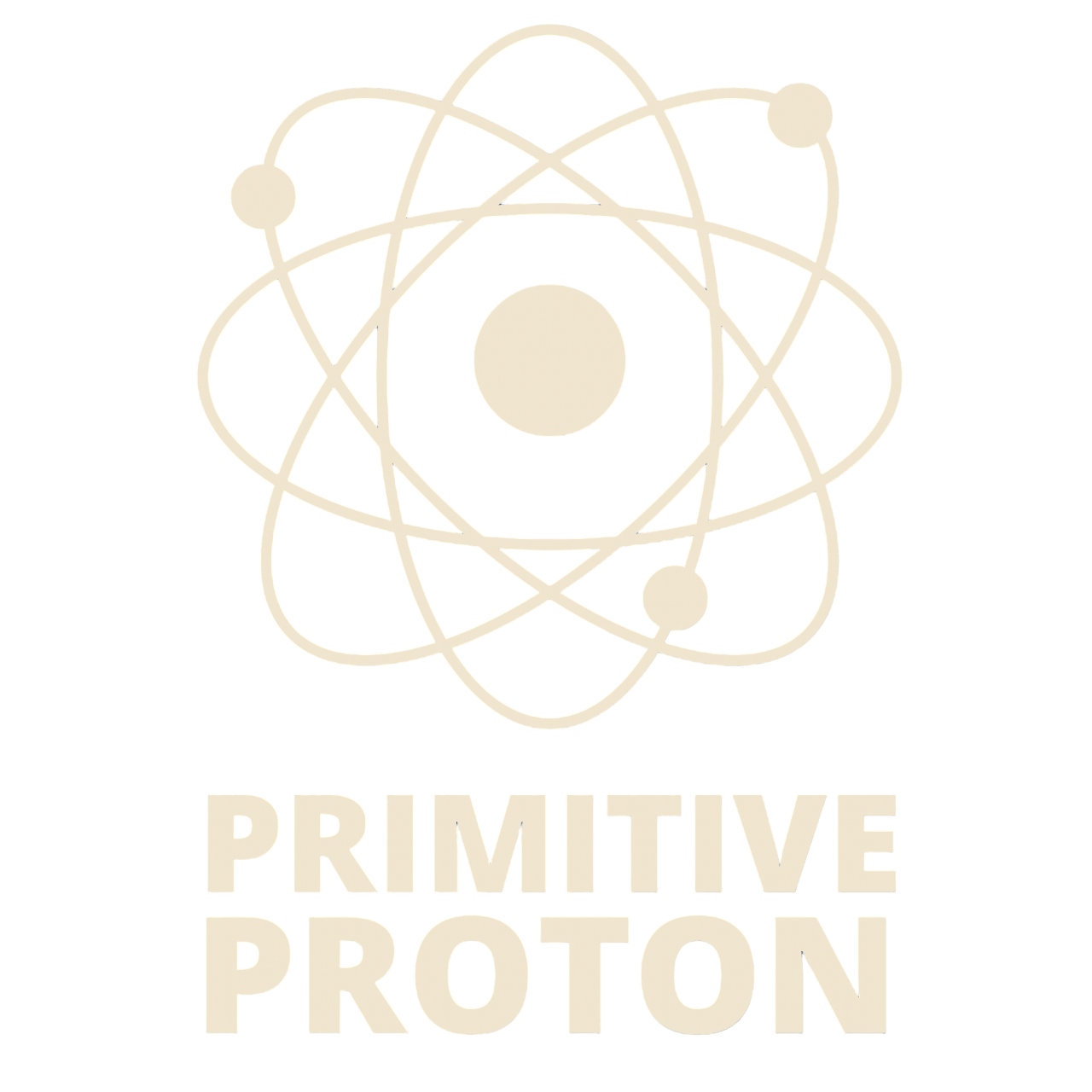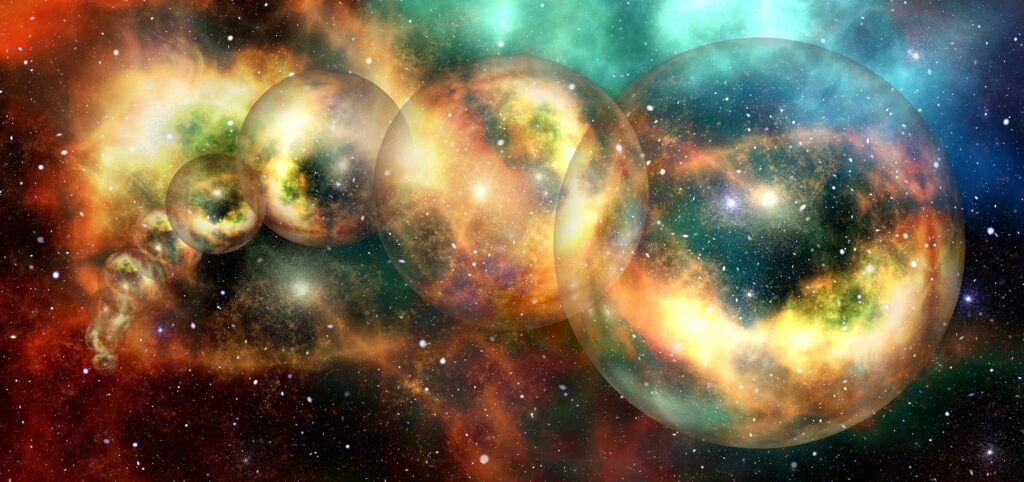You might have thought about the vastness of space and the universe, does it have any edge, where it extends up to, and what lies outside it. With the recent focus and discussions in contemporary science and movies, the term multiverse is no longer science fiction but conventional wisdom.
What about another ‘you’ in a different reality that has too started reading this article at the same time, but rather than wanting to know in detail about the multiverse, unlike you, that person has reached this web page accidentally while browsing the internet and is now thinking to move away as he doesn’t feel interested about the concept and is not even bothered to finish this sentence. On the other hand, you have decided to continue reading.
That person resides in the same location, same city, same country, and the same planet, revolving around the same 4.5 billion-year-old yellow dwarf star called the Sun, which in turn is orbited by the same eight planets and is a part of the same galaxy, the Milky Way. He/She is identical to you in almost every aspect till the moment you decided to go on with reading this article while he/she decided to quit. That exact moment branched out into two separate universes with their unique realities.

I can understand this to be baffling in some sense, yet it is a prediction of the amalgamation of two widely accepted theories in physics – String Theory and Eternal Inflation. Eternal inflation is a concept that emphasizes the ever-growing and expanding universe without coming to a halt, thereby creating different regions of space or pocket universes. On the other hand, string theory draws attention to the local physics being different in all those regions, for example, different kinds of elementary particles, different values of fundamental forces, or different fundamental forces altogether, and where even life could be different or may not exist at all.
A Historical Perspective of the (Expanding) Universe
In 1920 a debate happened in the Natural History Museum in Washington D.C. whose focus was on determining the scale of the universe. At the center stage were two astronomers, Harlow Shapley and Heber Curtis. Shapley opinioned that the universe is much smaller, and the spiral nebulae were nearby gas clouds. Along with all the stars in the Milky Way, they comprised the entire universe. Curtis argued that the universe is much larger in size, and the spiral nebulae were other galaxies light-years away. In their respective models, Shapley put the Sun far away from the center of the Milky Way, while Curtis placed the Sun near its center.

Along came Edwin Hubble (after whom the Hubble Telescope is named), who in the mid-1920s was studying the cepheid variable stars in the Andromeda Galaxy. A cepheid variable star is a star whose brightness varies with a regular beating pattern. Fainter stars beat rapidly while the brighter stars beat slowly. By observing those stars, Hubble was able to determine the time taken by them to beat, which, in turn, helped in deducing their luminosity, thereby calculating how far they were from how bright they appeared in the telescope.
This observation helped in determining that the Andromeda galaxy was far distant than what Shapley had proposed. Accordingly, the viewpoint shifted towards the universe being much larger, containing many galaxies located far out in space.

Multiverse as a consequence of Inflationary Cosmology & String Theory
Edwin Hubble also discovered a major event in cosmology – the universe was expanding and accelerating more than the speed of light itself. The farther away the galaxies are, the faster they are receding. Anything that expands follows from a natural progression of being smaller and denser than in the past. Extrapolating farther back, we reach a point in time that was uniform and hotter than the present situation, famously known as the Big Bang.
Unfortunately, there is a limit up to which the backward extrapolation works beyond which the predictions of the Big Bang start breaking down. A theory proposed by Alan Guth called “Inflation” overcomes the shortcomings of the Big Bang theory.
According to the inflation, unlike today, the Universe did not contain matter and radiation before the Big Bang. Rather, it was brimming with a large amount of energy, a vacuum energy inherent to space itself. That energy density was about 10^25 times greater in strength than what dark energy is today (for now, you can understand dark energy to be something that is causing the universe to accelerate, even overcoming the gravitational forces among the constituents of the universe). It caused the universe to expand at a colossal rate. At some point, the inflation ended and all the energy got transformed into another form leading to the Big Bang.

An important point to note here is that inflation, as a whole, doesn’t come to a halt everywhere at once. It surely ends at locations that are separated from other regions, among which the space continues to expand. Any two such regions are physically disconnected from each other and hence cannot be in contact. However, inflation, in itself, whenever and wherever it starts, continues for an eternity, and wherever it ends, it culminates into a Big Bang. This is the scenario of the “Eternal Inflation” theory. So, in summary, there could be multiple Big Bangs occurring in separate regions of the space, each one leading to a universe of its own.
String Theory, which removes the mathematical inconsistencies between the theory of the large entities (governed by Theory of Relativity) and the theory of the small things (governed by Quantum Mechanics), postulates that the entire universe can be explained in terms of minute strings. These strings can vibrate in a total of 11 dimensions – 10 of space and 1 of time. Since we are limited by the four dimensionalities of spacetime, we cannot observe or interact with higher dimensions. It also predicts a huge version of spacetime, more than 10^500 instances, popularly known as the “String theory multiverse” or the “String theory landscape”.

Life and Multiverse
Our universe seems to be fine-tuned for the formation of life, at least in this part of the galaxy (life in other regions of the observable universe is still to be discovered). The numerical constants present in the laws of nature make one wonder about their values being what they are and not any other number.
For example, the gravitational force which holds together larger bodies, if it was too weak, planets, stars, and galaxies would not have formed. If it was too strong, stars would have burned up too quickly. The electromagnetic force, if it was much stronger or weaker, any chemical bond would have ceased to exist. If the strong nuclear force was weaker, the universe would not have stable chemical elements essential to life. Similarly, if the weak nuclear force was stronger or weaker, stars could not have formed.

The cosmological constant which limits the expansion of the universe needs to be close to zero, balancing out the attractive force of gravity with the repulsive force of space (dark energy). It needs to be fine-tuned to something like 1 part in 10^120. If it was slightly less, the universe would collapse, if slightly more, the universe would fly apart.
These constants point us to a fundamental statistical question – What is the probability for the aforementioned constants to have the value that they possess for complex life to form and evolve? Well, in a single universe, the probability is almost negligible. But in a sea of universes, the probability becomes significant. In an eternally inflating universe, there is a chance that one of the universes would be similar to ours.

Consider this analogy – shuffle a deck of cards and you arrive at a combination of cards in a particular order. Given enough time and infinite permutations, it is almost certain that the same combination, in the same order will appear again. So, given infinite universes, a universe in which life can form will form. The multiverse inherently explains the reason for our existence, and our existence, in turn, makes the multiverse conceivable.
Is Multiverse Real?
Considering the theories and their probable predictions, the multiverse seems inevitable. But here comes the beauty of science. It has always relied on testability – the grueling process of undergoing numerous tests, hypothesis generation, being reviewed by peers and institutes of repute and then culminating into a law. These steps entail a legitimate proof in place rather than following some wild speculations.
However, this doesn’t mean that the present theories can be falsified based on the absence of any evidence. About 100 years ago, black hole was also a prediction of mathematics of Relativity theory and we had to wait for a century to finally have proof of it and consider it in the mainstream physics. Likewise, the multiverse too can be a figment of our reality, it’s just that we might have to wait for some time, maybe much longer, for any evidence to support its existence.
Until then, keep on doing what you need to do in this reality, as your doppelganger would already be doing things you could not have done because of the splitting of the universe every time a conscious decision was made. And if you have loved and lost in this reality, in a parallel word, you have loved and won too – and this can be soothing as love, like universe, cannot be bounded, is eternal, and it just requires perseverance.

